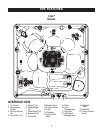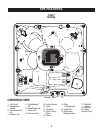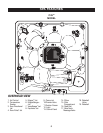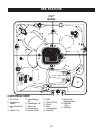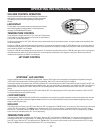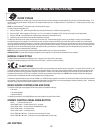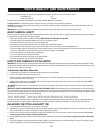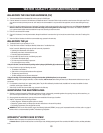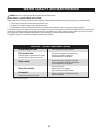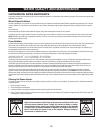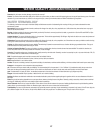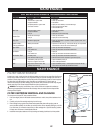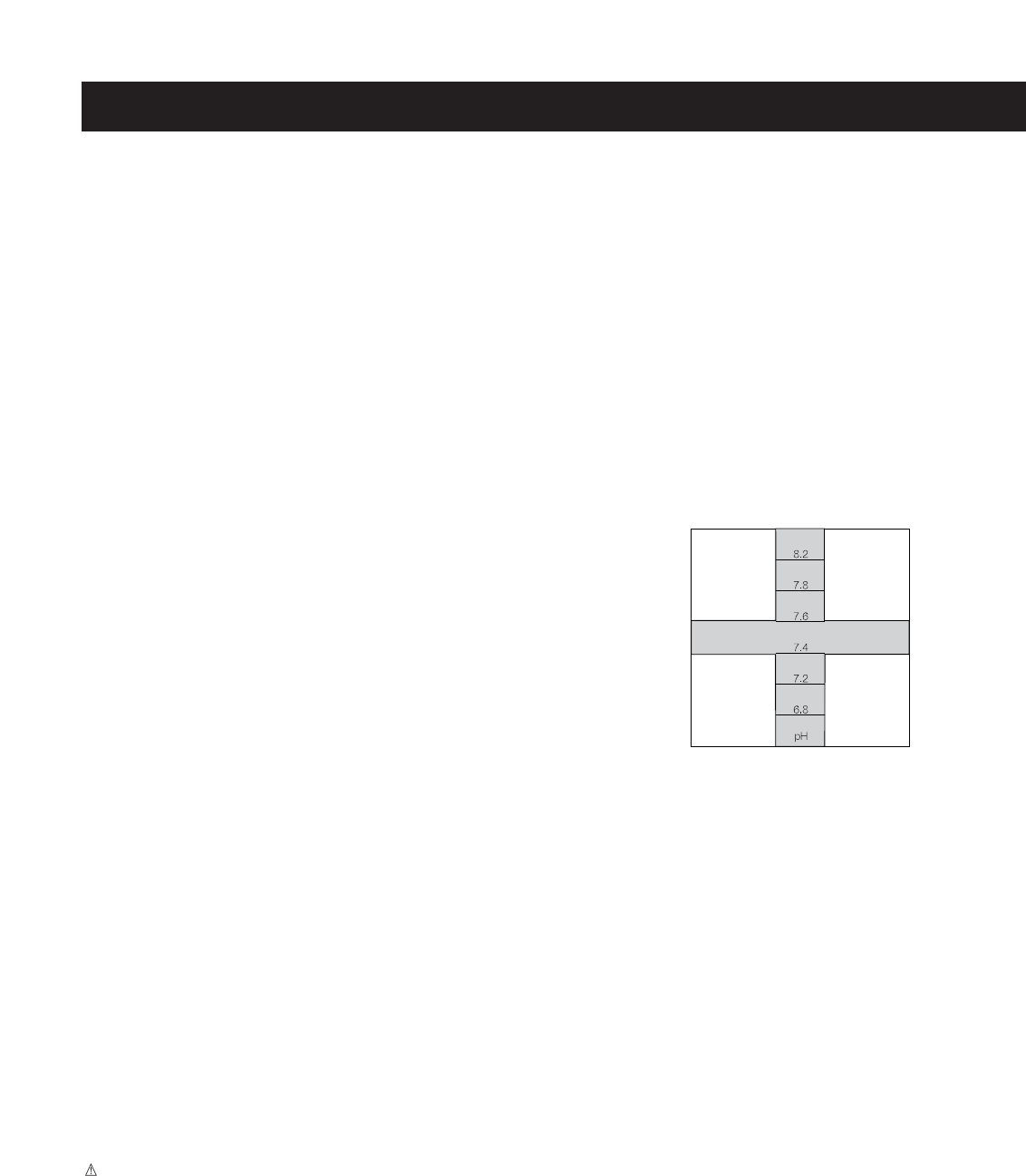
BALANCING THE CALCIUM HARDNESS (CH)
A. The recommended Calcium Hardness (CH) level for your spa is 150-200 ppm.
B. Calcium Hardness is a measure of the total amount of dissolved calcium in the water. Calcium helps control the corrosive nature of the spa’s water. That’s
why calcium-low water (commonly known as “soft” water) is not recommended. It is very corrosive to the equipment, and can cause staining of the spa
shell.
C. If the CH is too high (commonly known as “hard water”), formation of scale on the spa’s shell surface and equipment can result. CH can be decreased by
dilution–a mixture of 75% hard and 25% soft water will usually yield a reading within the correct range. If soft water is not available or practical for
you, a stain and scale inhibitor should be added to the spa water, according to label instructions.
D. If the CH is too low add CH Increaser.
E.
Once the CH is balanced, it normally remains stable, although the addition of more water with a high or low calcium content will raise or lower the CH reading of the
water.
F. When the Calcium Hardness is within the recommended range, proceed to the next step.
BALANCING THE pH
A. The ideal pH level for your spa water is 7.4-7.6.
B. The pH level is the measure of acidity and alkalinity. Values above 7 are alkaline; those
below 7 are acidic. Maintaining the proper pH level is extremely important for:
• Optimizing the effectiveness of the sanitizer.
• Maintaining water that is comfortable for the user.
• Preventing equipment deterioration.
C. If the spa water’s pH level is too low, the following may result:
• The sanitizer will dissipate rapidly.
• The water may become irritating to spa users.
• The spa’s equipment may corrode.
If the pH is too low, it can be increased by adding sodium hydrogen (pH/Alkalinity Up) carbonate to the spa water.
D. If the pH level is too high, the following may result:
• The sanitizer is less effective.
• Scale will form on the spa shell surface and the equipment.
• The water may become cloudy.
• The filter cartridge pores may become obstructed.
If the pH is too high, it can be decreased by adding sodium bisulfate (pH/Alkalinity Down) to the spa water.
NOTE: After adding sodium hydrogen carbonate, or sodium bisulfate, wait two hours before testing the water for pH. Measurements taken too soon may not
be accurate.
E. It is important to check the pH on a regular (weekly) basis. The pH will be affected by the bather load, the addition of new water, the addition of various
chemicals, and the type of sanitizer used.
F. When the pH is within the recommended range, proceed to the final step.
MAINTAINING THE SANITIZER LEVEL
A. Sanitizer is extremely important for killing algae, bacteria and viruses, and preventing unwanted organisms from growing in the spa. At the same time, you
don’t want too high a sanitizer level, or it can irritate your skin, lungs, and eyes.
B. Always maintain the sanitizer level in your spa at the recommended level for each type of sanitizer.
C. Watkins
®
recommends only the following sanitizers:
• Sodium Dichloro-s-Triazinetrione (sodium dichlor or chlorine)
• Baqua Spa
®
(please consult your Baqua Spa manual for instructions on the use of this product).
• Brominating Concentrate
™
(one step granular bromine)
WARNING: DO NOT use tri-chloro chlorine, bromo-chloro-dimethyl-hydantoin (BCDMH), or any type of compressed bromine or chlorine, acid or any type of
sanitizer which is not recommended by Watkins
®
Manufacturing Corporation.
MONARCH
®
WATER CARE SYSTEM
The Monarch Water Care system is comprised of the following products:
• Monarch silver ion purifier introduces silver ions into the spa water, inhibiting bacteria growth. When combined with MPS or chlorine, oxidizes particulates
in the
WATER QUALITY AND MAINTENANCE
15
ALKALINE
SPA
WATER
(SCALING
ZONE)
ADD pH
DECREASER
TO LOWER
pH
ACIDIC
SPA
WATER
(CORROSIVE
ZONE)
ADD pH
INCREASER
TO RAISE
pH
COMFORT
ZONE
IDEAL



